incl. VAT plus shipping costs
Immediate delivery, express possible ![]()
Only 9 itemleft in stock
Delivery only innh. Germany and Austria possible.
Switch to the German store
-10% EXTRA-RABATT
auf Deinen gesamten Warenkorb!!
- Item no: 7840
Fast delivery times
All products are in stock with us!14 years of breeding experience
Let our team of experts advise you!High customer satisfaction
from over 3,000 reviews "| Water values: | soft to hard |
| Pelvic region: | Below |
| Temperature: | 25-30 °C |
| Feature: | Interesting coloring |
| Aquarium size: | over 1000l |
| Difficulty: | 4 - Special |
| Planting possible?: | conditional* (see description) |
| Diet: | carnivore - meat eater |
| Final size: | > 12cm |
| Fish group: | Catfish |
| Origin: | South America |
| Breeding: | medium |
| with snails/shells?: | Yes |
| Behavior: | Normal |
| with large crabs?: | No |
| with fish?: | conditional* (see description) |
| Visual effect: | Forms precincts |
| with dwarf crabs?: | No |
| with shrimps?: | Socialization not possible |
| with crabs?: | No |
The Leopard Cactus Catfish or Demini Leopard Cactus Catfish L114 has been determined to be Pseudacanthicus sp. or also Pseudacanthicus cf. leopardus. It is also referred to as LDA 7 or LDA 73.
The namesake black spots on a light background produce a reticulated pattern. The fins have broad orange fringes. Especially the males of the Leopard Cactus Catfish live up to their name, they are extremely spiny on the abdomen, but also on the head in the cheek area. The spines of the females are less pronounced, but the ladies are much broader than the males in the top view at the abdomen.
This catfish comes from the middle catchment area of the Rio Negro in South America, more exactly from the Rio Demini. It grows to over 40 cm long when fully grown and therefore needs a really large aquarium with an edge length of 200 cm or more. The Leopard Cactus Catfish tolerates soft to hard water and a pH of 5.5 to 7.5. The aquarium temperature should be 26 to 30 °C. Humic substances in the water are very beneficial to the well-being of Pseudacanthicus.
As juveniles, Leopard Cactus Catfish are relatively shy, coming out only after dark. Juvenile cactus catfish are also compatible in groups. As they age, these ornamental fish become less shy, but also more quarrelsome.
The Leopard Cactus Catfish is a heavy feeder and has a throughput to match. The filter of the aquarium must therefore be very efficient. The water should have some flow and be well saturated with oxygen. This is helped by a strong surface movement.
The substrate of the aquarium should be sand, and the catfish need sufficiently large caves to hide in. Since the animals become much more territorial with age and serious fights can occur, especially among the males, the aquarium must be very well structured. The aquarium should not be illuminated too brightly. Planting is possible, but not necessary. Preference should be given to robust plants such as Javafarn or Anubias. The carnivorous catfish will not go for the plants, but more delicate plants may not be a match for the rugged fish.
The breeding of Pseudacanthicus cf. leopardus L114 is possible in the aquarium. The clutches sometimes contain more than 1000 eggs. Pseudacanthicus cf. leopardus L114 is a cave spawner. The male takes over the part of the brood care. Frequent large water changes of about 80% several times a week signal the aquarium catfish to begin their mating season. A stronger current also favors courtship and spawning. Soft water with as little carbonate hardness as possible and lots of humic substances increases the chance that the clutch will not become fungal.
Pseudacanthicus cf. leopardus L114 is a carnivorous catfish. The bottom-oriented aquarium fish needs sinking live foods such as large shiner worms or frozen foods such as frozen sardines, smelts, clam meat or krill.
These predatory catfish should not be socialized with shrimp or crayfish - shrimp can be eaten, while the crayfish can injure the catfish. South American fish that inhabit the upper water layers, such as tetras, are well suited for keeping in the Leopard Cactus Catfish aquarium.
Our plant recommendation: Use for planting NatureHolic InVitros. These are free of snails, planaria and other unwanted co-inhabitants. Also free of algae spores, bacteria and fungi.
Expert Tip: We recommend for fish keeping the NatureHolic 3 Phase Liquid. The care set offers the best all-round protection for your animals. It ensures optimal conditions for successful breeding and keeping.
| Scientific name | Pseudacanthicus cf. leopardus, Pseudacanthicus sp. |
| German name: | Leopard cactus catfish, L114, LDA 7, LDA73 |
| Difficulty level: | advanced |
| Origin/Distribution: | Brazil, middle Rio Negro region |
| Coloration: | On light ground color, dark spots all over the body, net-like pattern. Fins seams broad orange, clearly visible spines on body |
| Age expectancy | up to 15 years with optimal care |
| Water parameters: | GH 0 to 20, KH 0 to 8, pH 5.5 to 7.5, temperature 26 to 30°C |
| Tank size: | from 200 cm |
| Food | carnivorous, frozen food or sinking live food |
| Breeding | fastidious |
| Behavior | peaceful as juveniles, later territorial and aggressive |
| Group size | for breeding 2 males, 2 females |
| Further information | Ten typical aquarium fish for beginners and alternatives to them, Tips for acclimating fish to the aquarium, Feeding aquarium fish properly - cheap food and what it can do |
- Item no: 7840
Entdecke die Garnelio Welt!
Garnelio gehört zu den größten Onlineshops für wirbellose Aquarientiere weltweit.
Viele Artikel gibt es exklusiv nur bei uns im Shop.

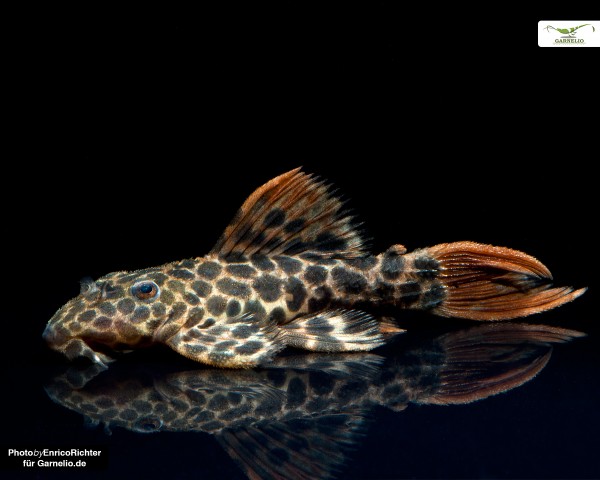

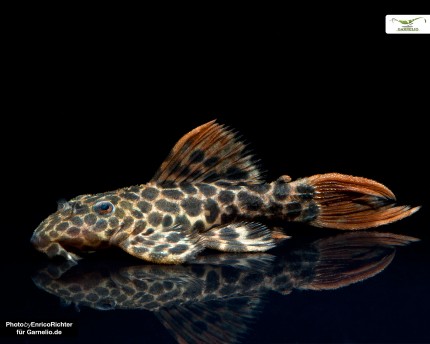
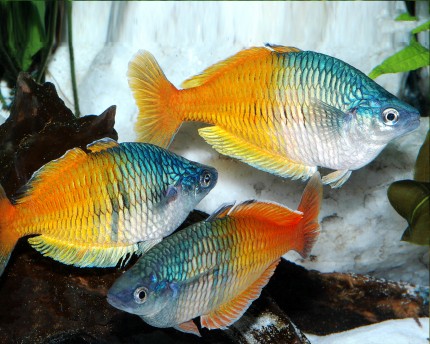
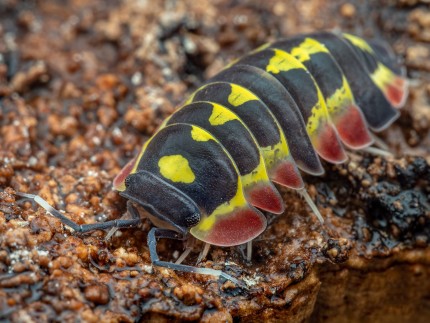

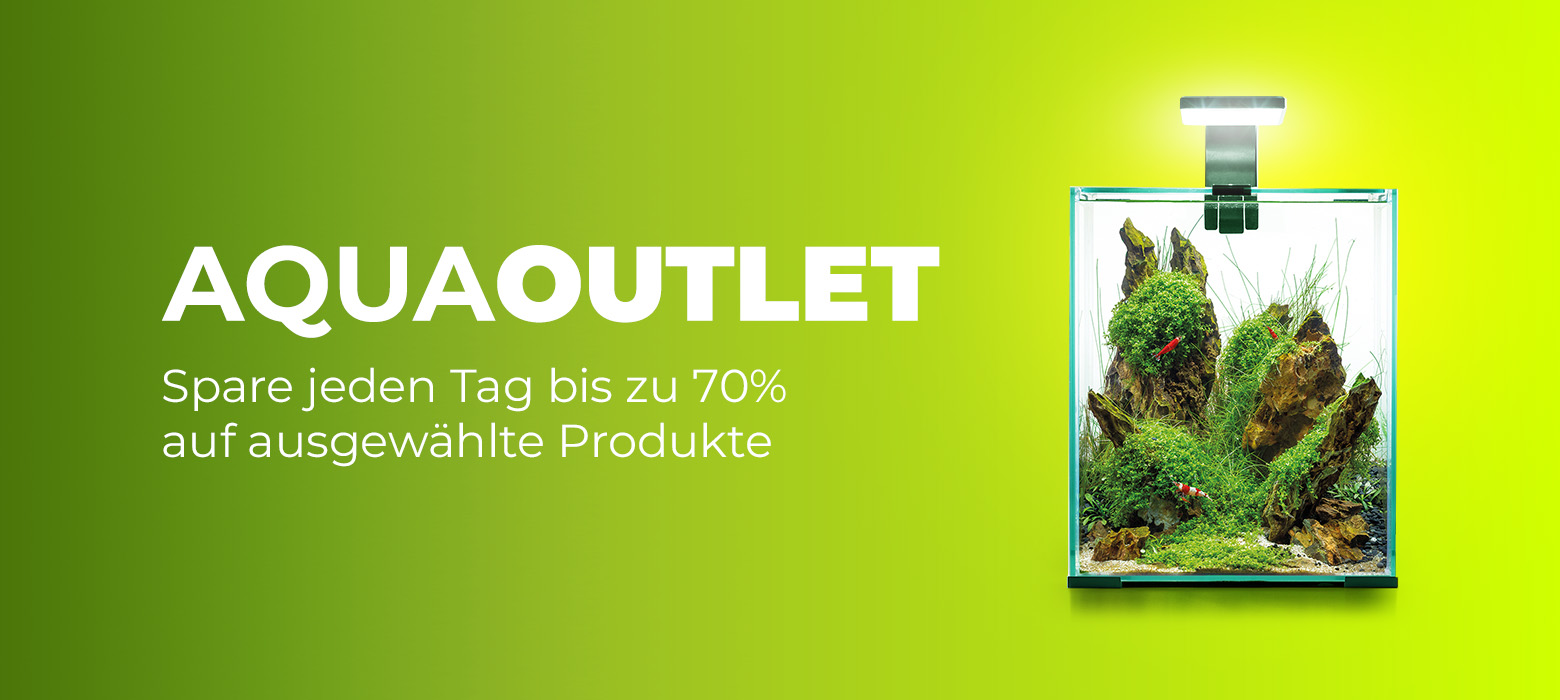

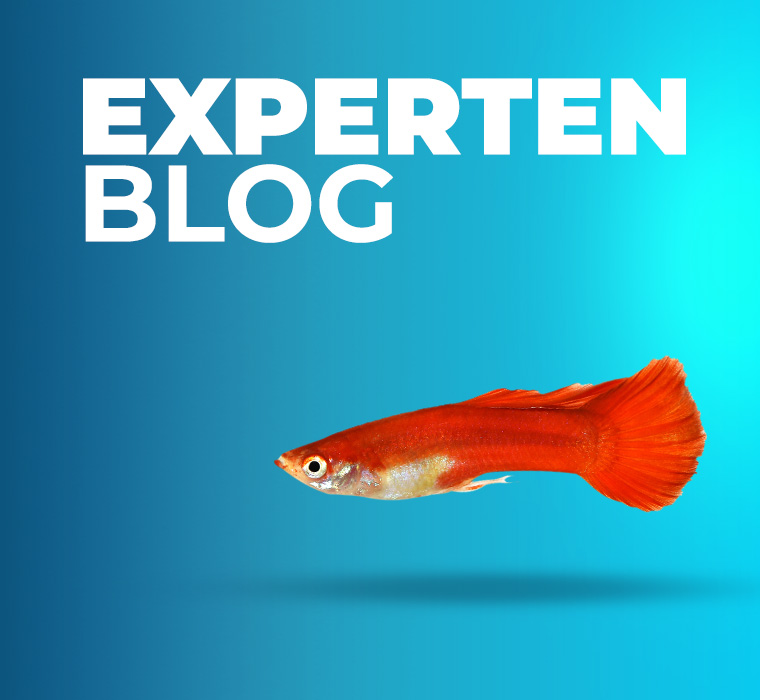

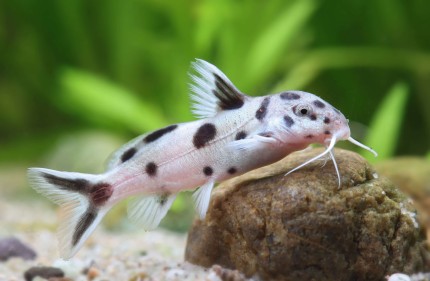
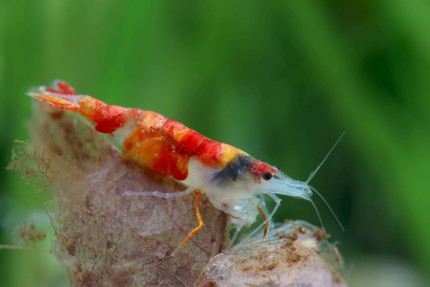
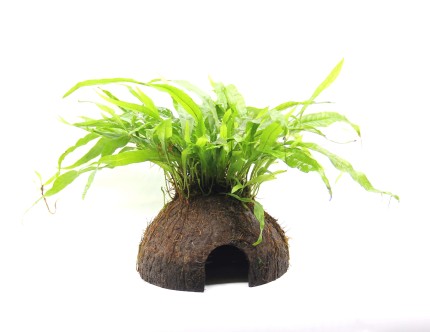
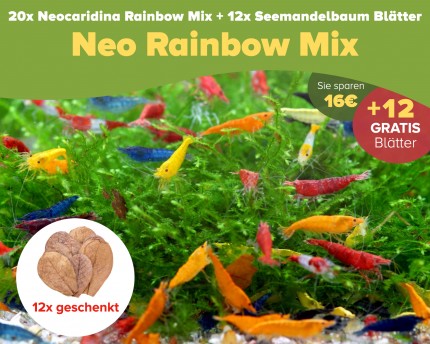
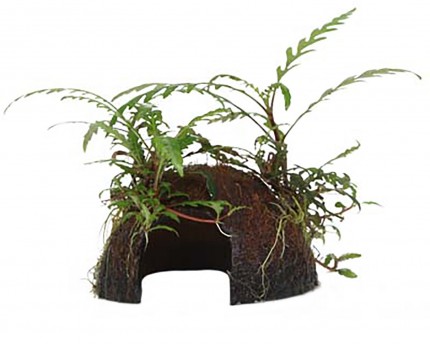
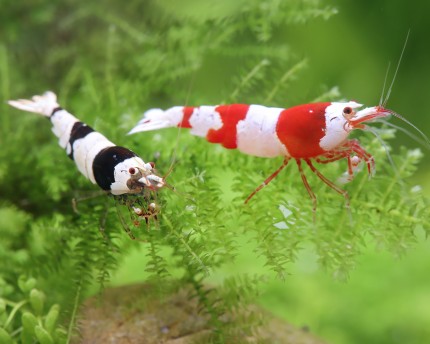
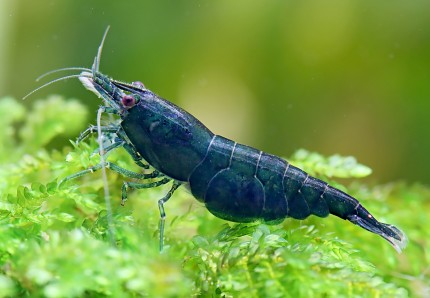
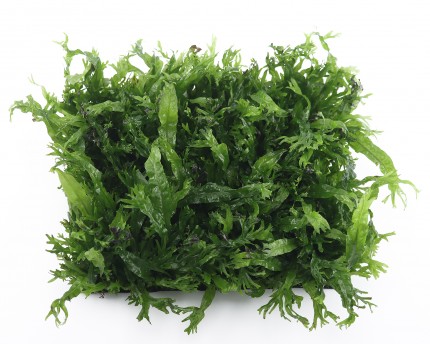
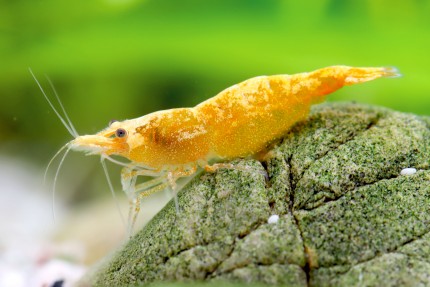
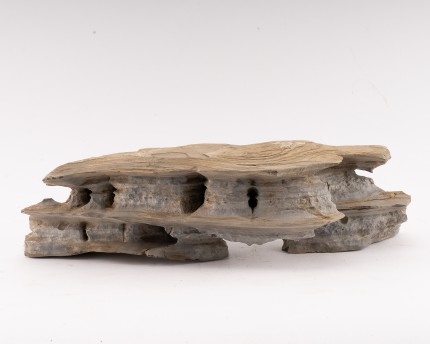
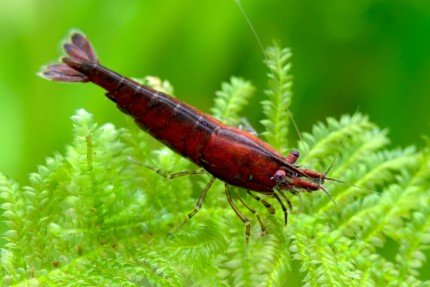
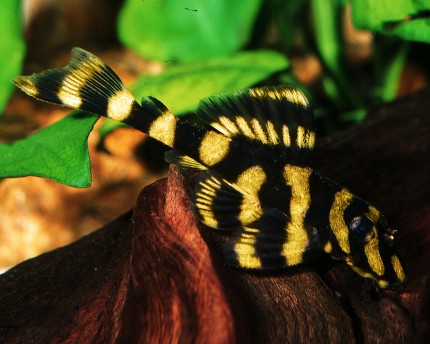
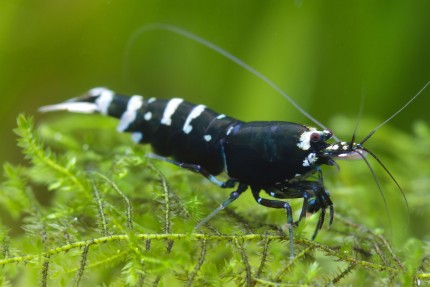
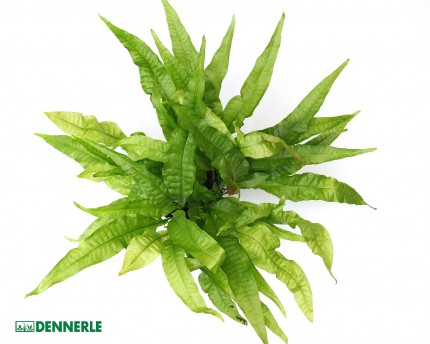
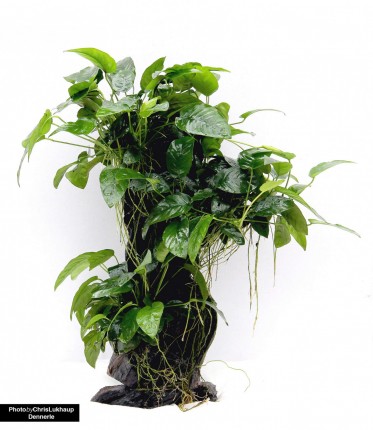
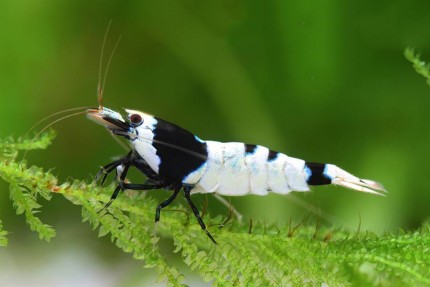
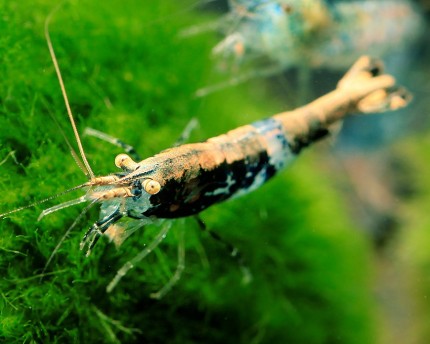
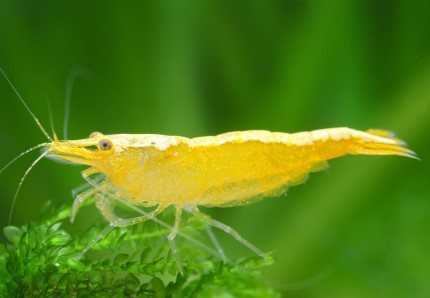
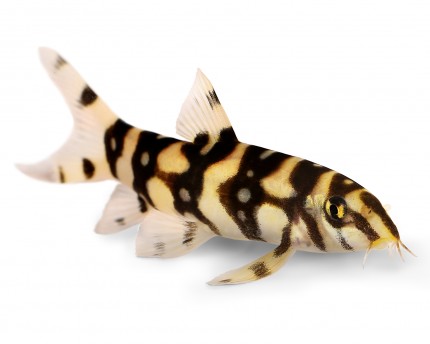
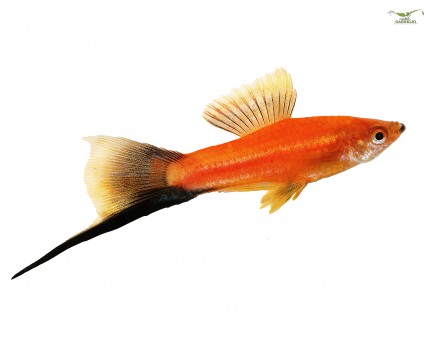
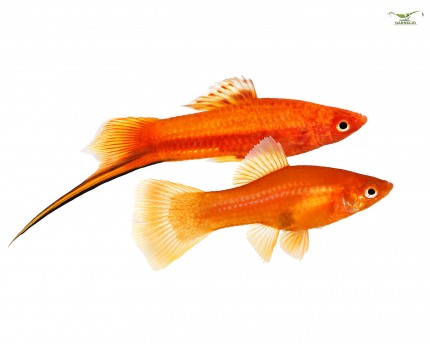
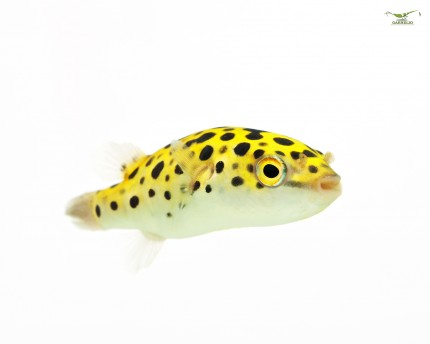
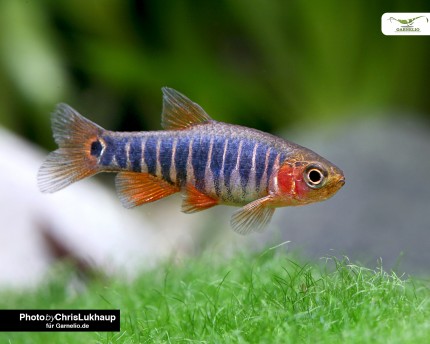
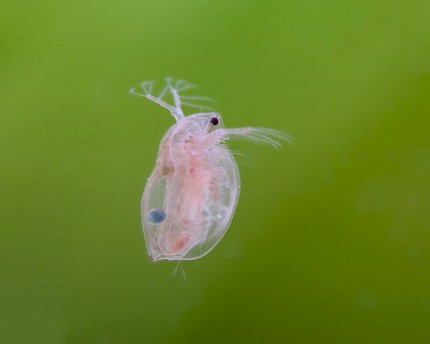
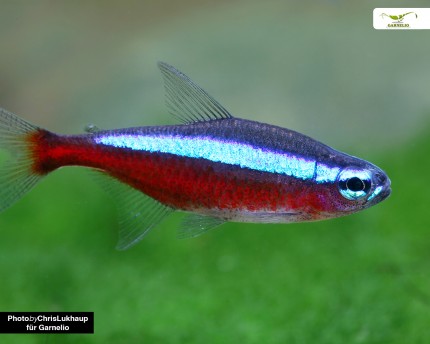
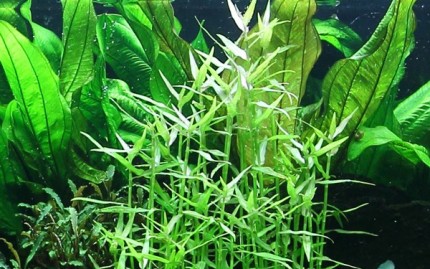
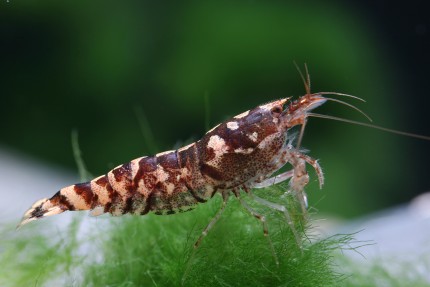
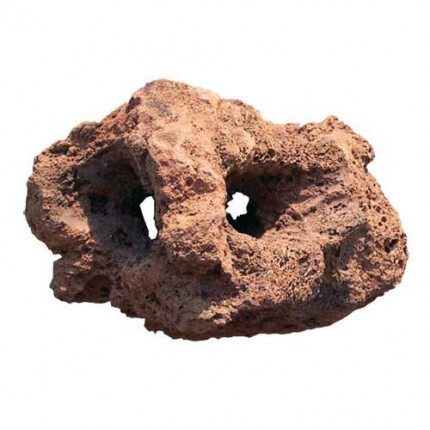
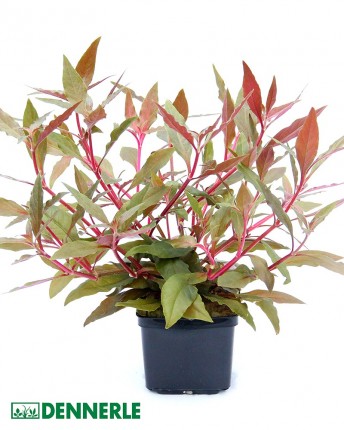
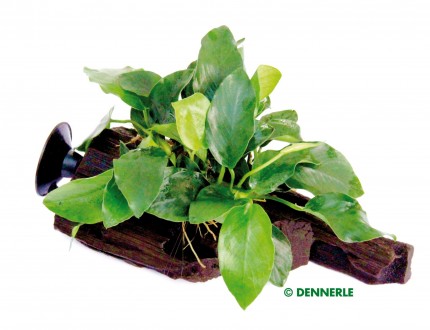
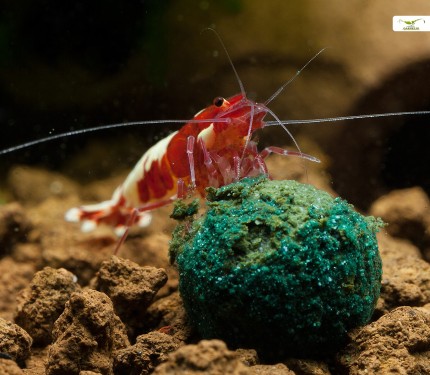
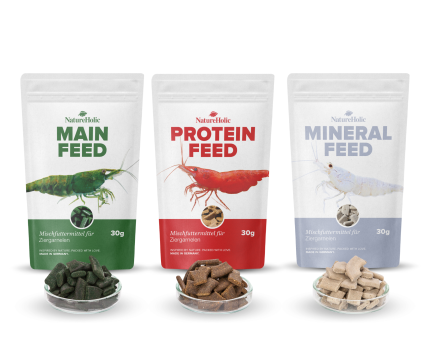
The fields marked with * are required.
I have taken note of the privacy policy.